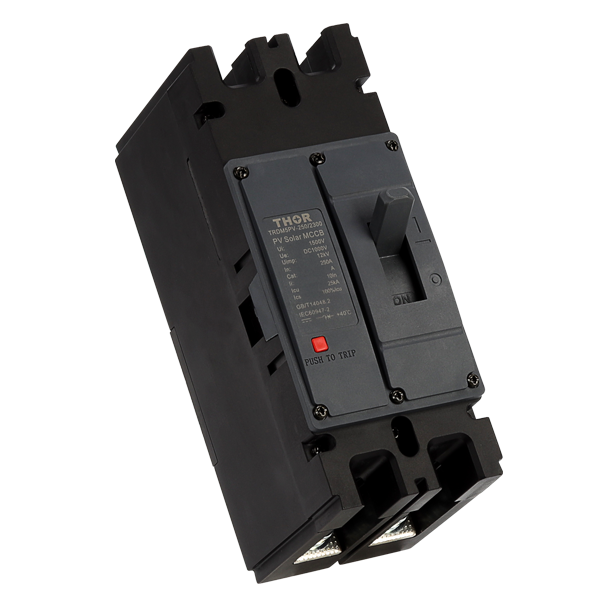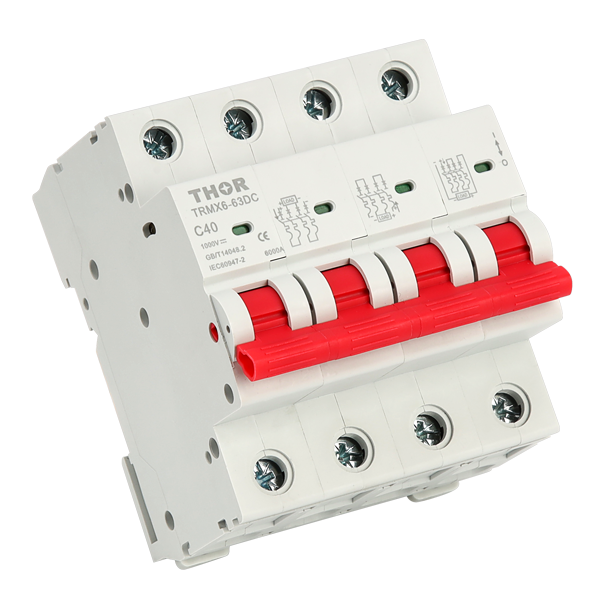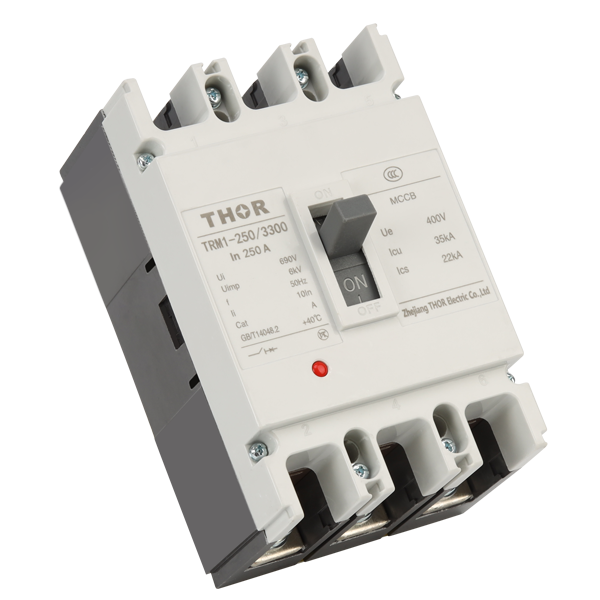Circuit breakers are employed for conditioning circuits and protecting equipment against circuit overload or short circuits. Residential settings, for instance, will have a 15-ampere circuit breaker which trips automatically when the current exceeds 18 amperes to thwart overheating and fire risk in wires. Instances of electrical fires compared to households equipped with fuses are shown at about 70% lower for homes fitted with circuit breakers. This technology triggers a 5000-ampere circuit breaker in less than an iota the moment current exceeds 7500 amperes, thereby mitigating equipment damage and physical injury while reducing downtime by about half.
Circuit and Equipment Protection
In power systems, circuit breakers are used for switching and protection of circuits or equipment, which prevents overloads and short circuits. According to research, more than 90% of electric fires are caused by overloaded circuits or short circuits. For abnormal currents, circuit breakers are capable of overheating detection within 0.1-0.3 seconds and power off instantly to stop the device from heating up too much under high-temperature conditions. For instance, a 20-ampere circuit breaker can trip as soon as the current exceeds 22 amperes to prevent wires from getting hot enough to catch on fire. The circuit breaker with thermal-magnetic trip units has a slight delay on currents just slightly over the rated value, but will reliably open when there is an overload.
Modern circuit breakers can usually be adjusted in these (and other) ways to ensure they are suitable for the intended application. In industrial environments, high-performance circuit breakers can withstand short-term surge currents of up to 150% rated current, making them perfect for applications with heavy inrush currents such as when motors and large equipment start. Greater hours of operation reduce non-value-added shutdowns and increase equipment availability. Studies demonstrate industrial systems with better-divorced circuit breakers see a 40% reduction in overload and short-circuit faults.

Controlling Current
Circuit breakers are used to control current by opening and closing circuits manually or automatically, achieving accurate current processing. In most homes, a residential circuit breaker is rated at 15 or - more commonly - 20 amperes. If the total power of all household electrical devices is over this, then the circuit breaker will trip and load shedding will occur. Circuit breakers cut the rate of household electrical incidents by around 60%, data shows.
High-performance circuit breakers in industrial systems can cut equipment failure rates caused by current transients by roughly 50%. This translates to a factory that installs circuit breakers capable of handling instantaneous surge currents as high as 5000 amperes, designed specifically for the start-up of higher amperage equipment without any interference with other operations. Many of these modern devices introduce monitoring and control features that enable early intervention or personalized resource scheduling based on real-time analysis. This lowers maintenance costs by as much as 30% and overall operational efficiency in some cases by up to 20%.

Enhancing Safety
Circuit breakers are designed to break the circuit quickly when distressed, allowing toggling of power supply in your electric line at home for safety purposes. Fire department statistics show that circuit faults are responsible for more than 90% of electrical fires. Instantaneous types detect abnormal currents within 0.1 to 0.3 seconds and cut off the power circuit. An example of this is the 20-ampere circuit breaker that trips around 22 amperes, preventing wires from overheating and catching fire. Households with circuit breakers reduce electrical fire incidents by up to 70%.
High-performance circuit breakers in industrial systems have reduced the downtime caused by electrical faults by nearly fifty percent. Instantaneous trip is important for a circuit breaker in a factory where the normal overcurrent retardation feature could destroy equipment or injure people while current exceeded 150% of the rating. Modern circuit breakers also can include ground fault protection, which is an early trip mechanism that detects and trips the energized branch within a few milliseconds of detecting even a few microamperes of grounding current. These devices help prevent electric shock accidents. The number of worker electric shock incidents in factories equipped with these switches has been reduced by about 80%, according to statistics.

Isolating Circuits
For commercial buildings, elevator system maintenance is carried out with circuit breakers that disconnect the power supply of an elevator and make it impossible to accidentally start. This reduced accident rates by 75%. Circuit breakers can detach the fault zone in a unit distribution system to avoid influence on the total network. An office tower, for example, used circuit breakers to isolate a damaged floor, which sped up electrical restoration on other floors (reducing downtime by 40%).
Factories have an average 30% reduction in equipment repair time because of the use of circuit breakers isolating circuits for maintenance. When applied to partial production line maintenance in a manufacturing plant, circuit breakers can disconnect the defective segment so that other areas of production continue working while saving downtime losses. With the remote control function of modern technology-added circuit breakers, operators can automatically troubleshoot the fault point from another operating room without any on-site operation accidents, reducing safety accident rates by about 60%. The data clearly demonstrates the benefits of utilizing circuit breakers for isolation to make such operations safer and more efficient.
